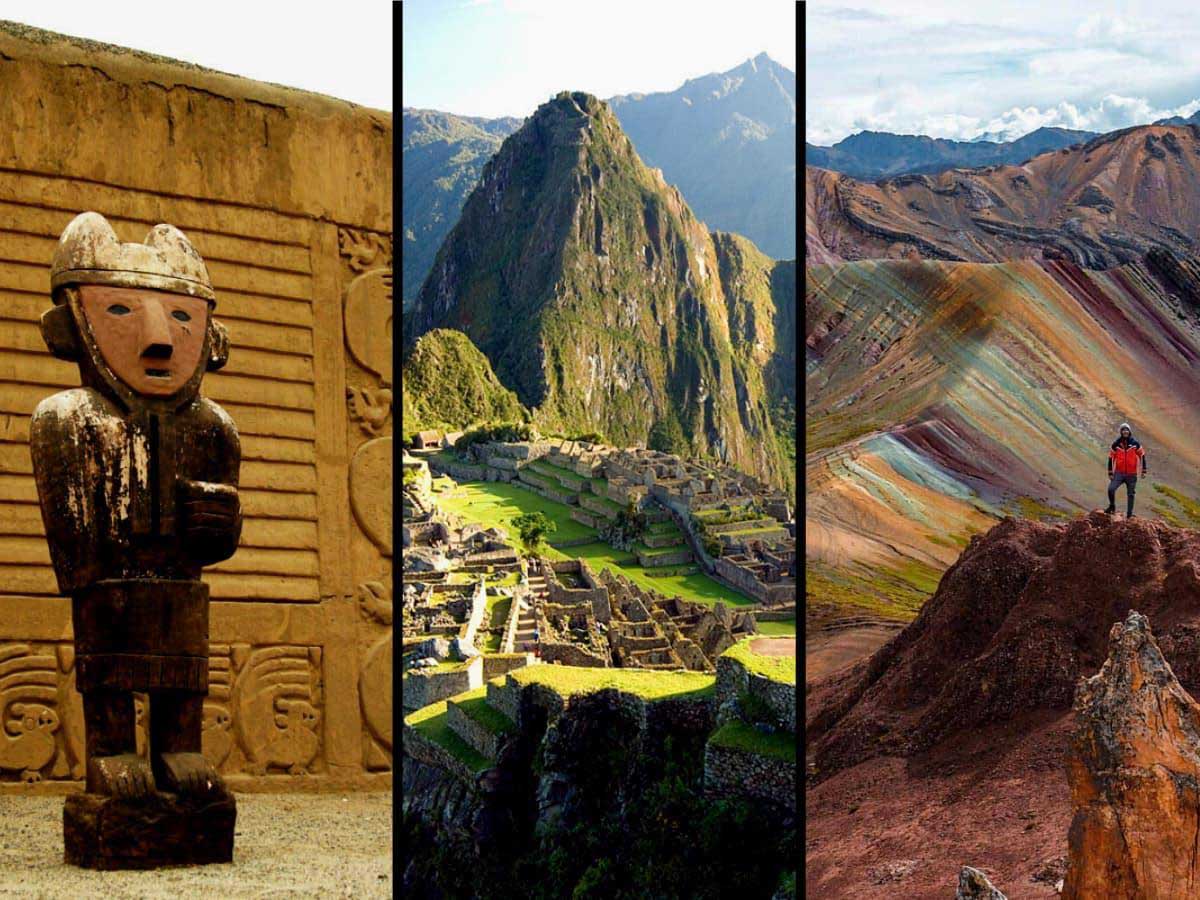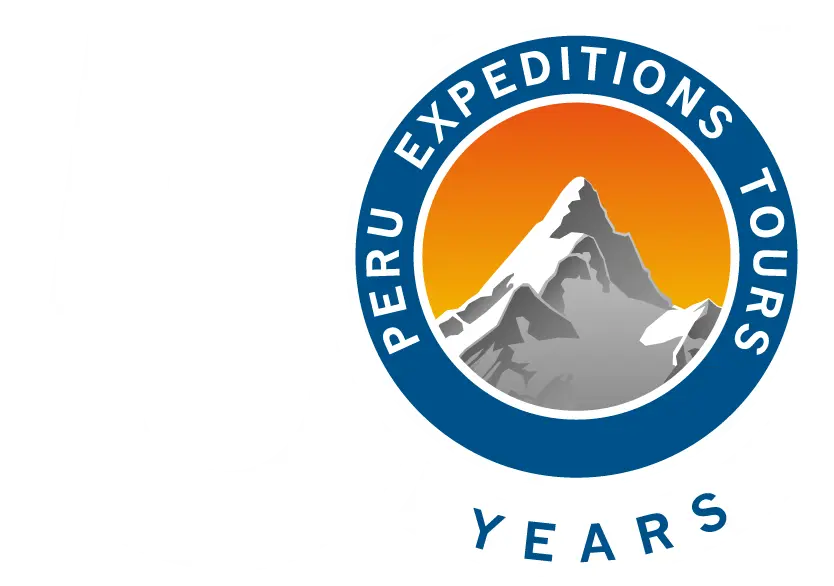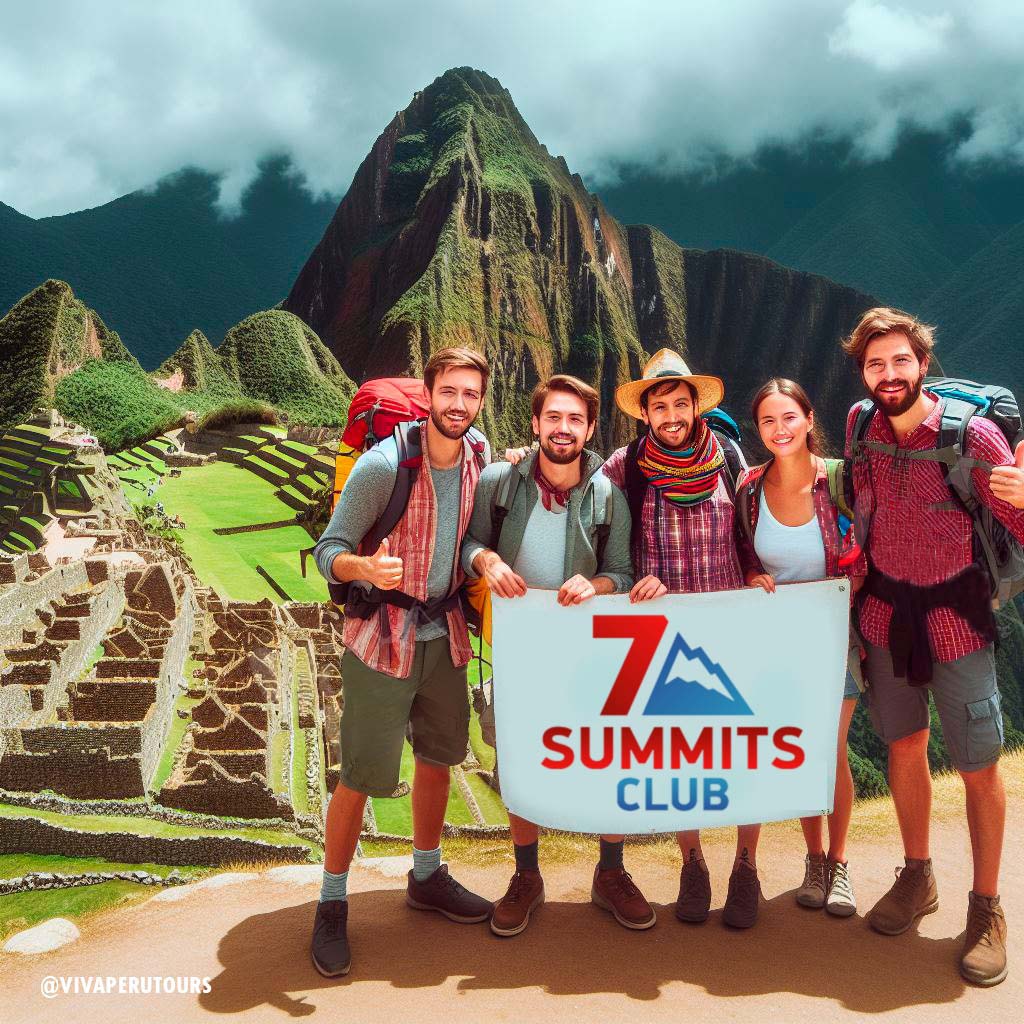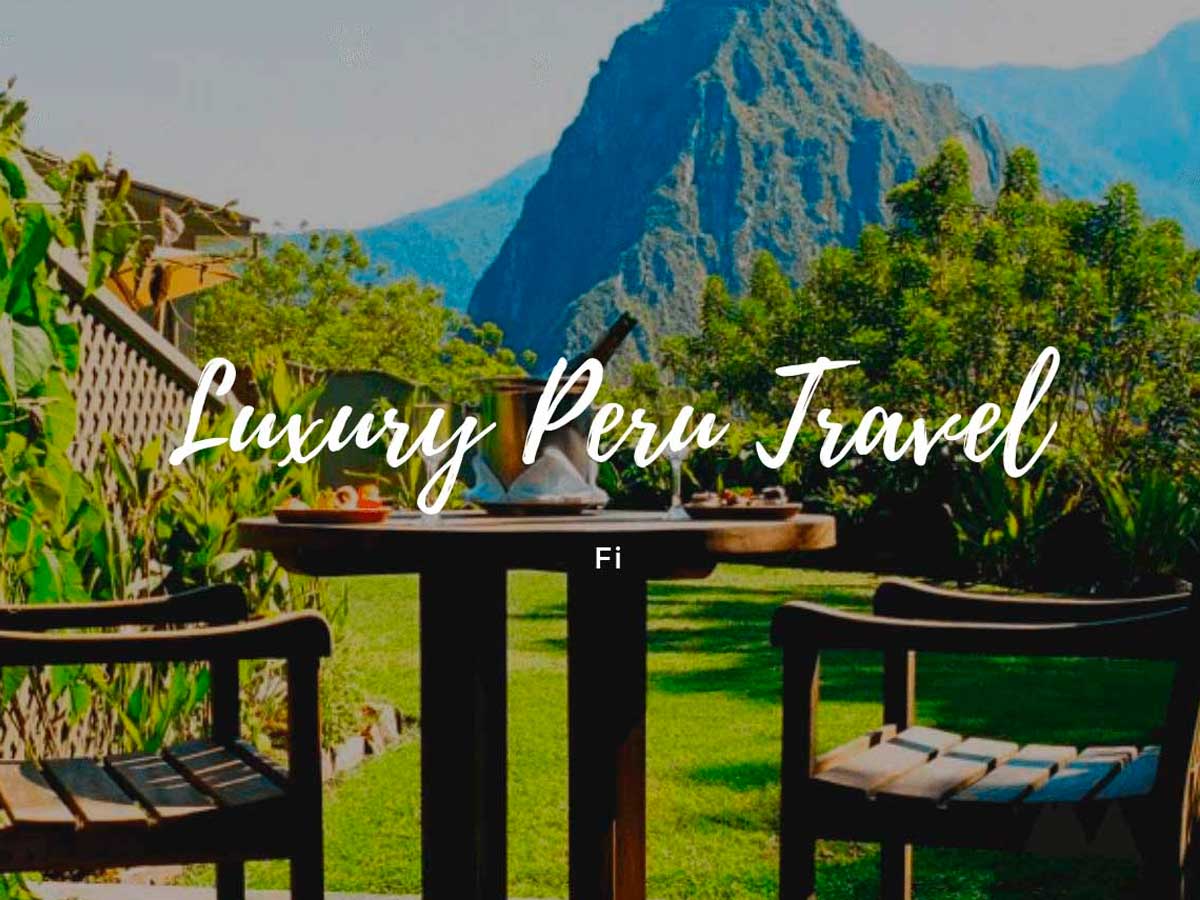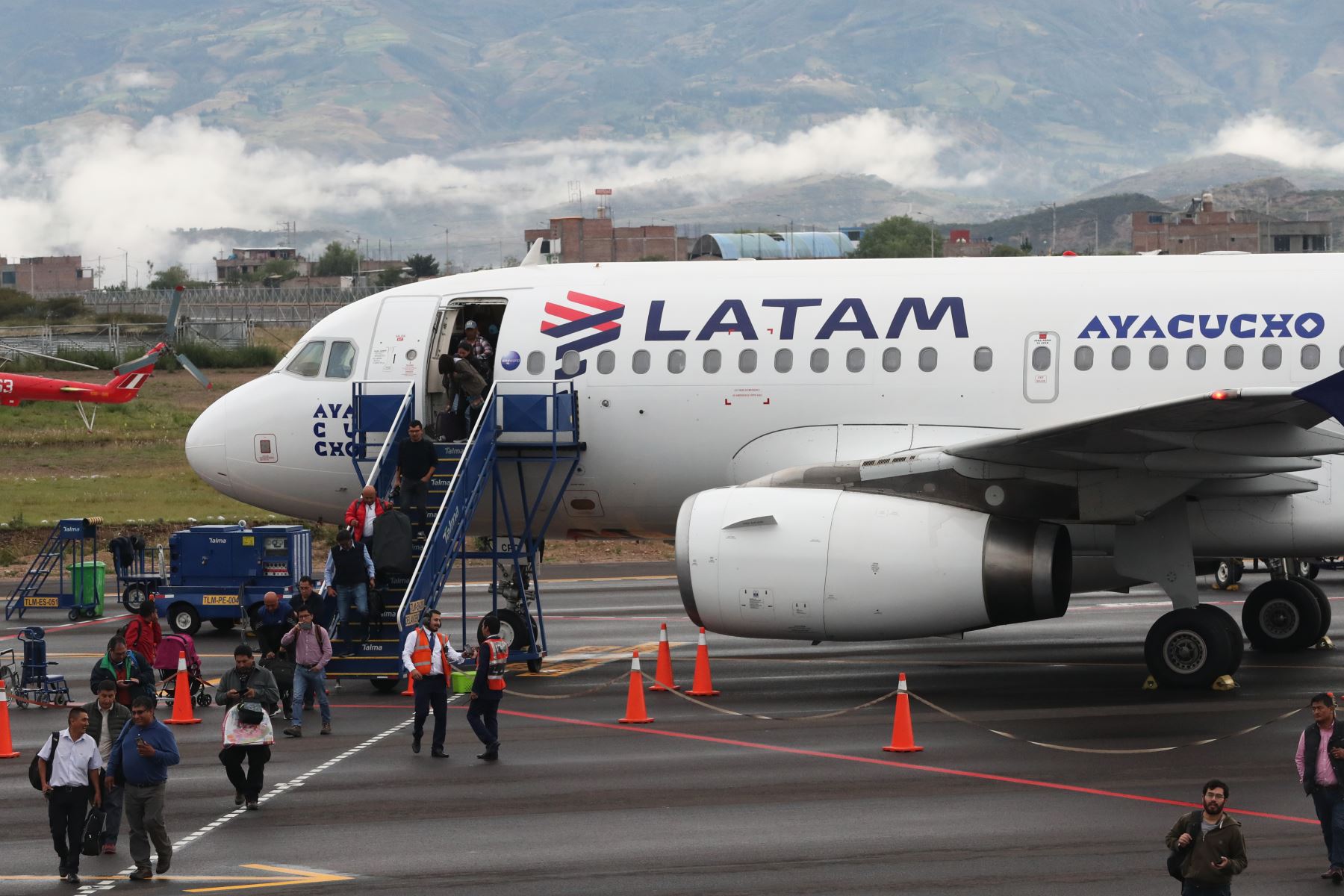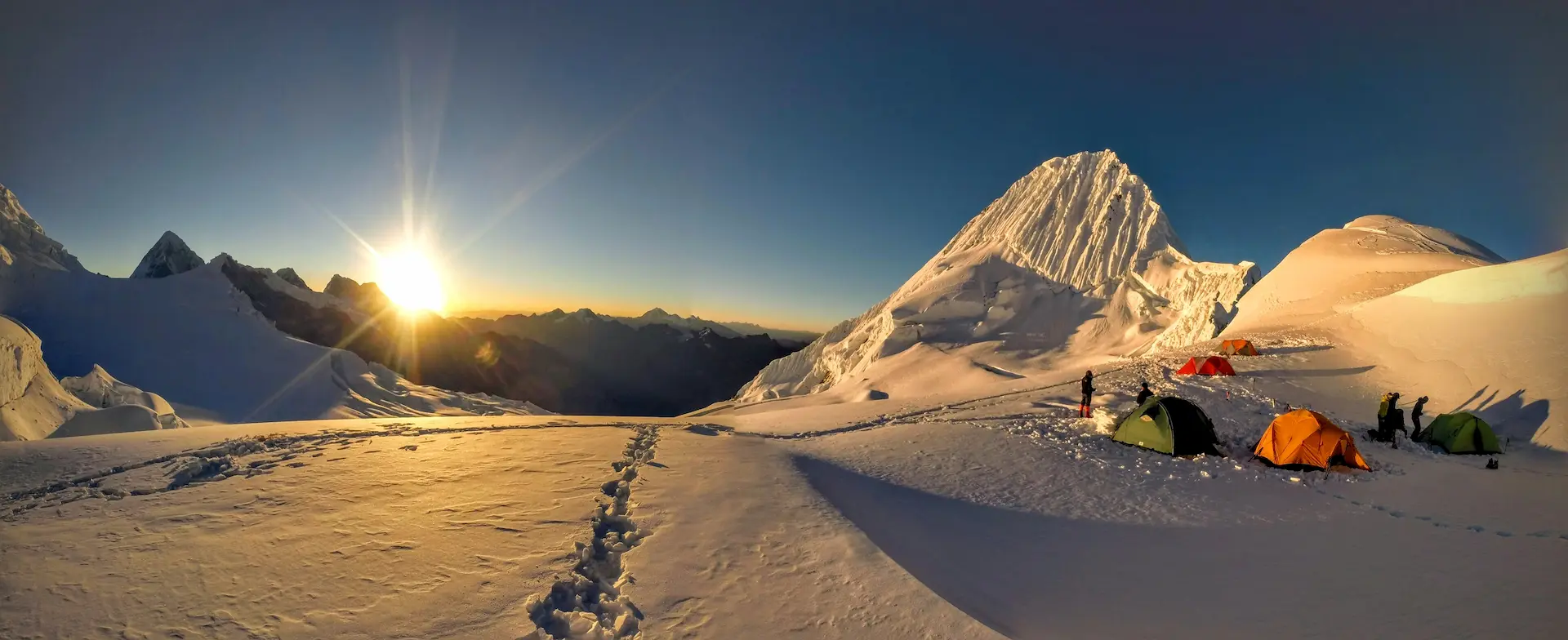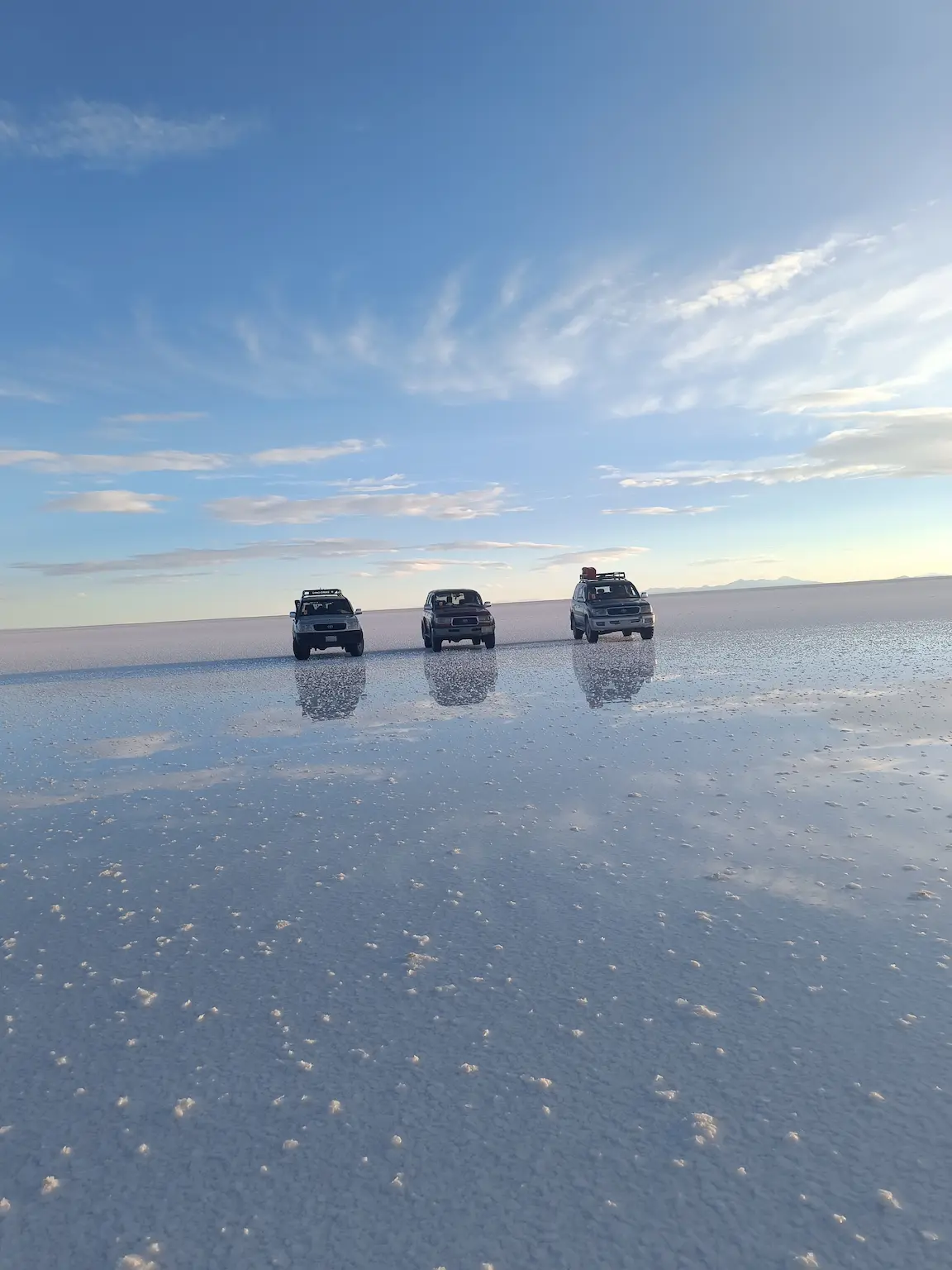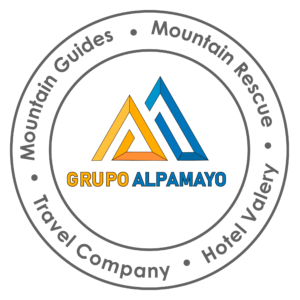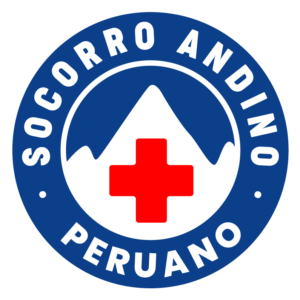Perfect planning guide for the land of the Incas Peru
Peru is a country located in South America with fascinating adventurous tours and trips. It has been a constant source of inspiration to culture connoisseurs, historians, artists, and travelers alike. Thanks to its location is has varied of ecosystem which creates incredible landscapes together with nature and humans.
Join us on this adventure of a lifetime through the most outstanding places of Peru, This article will help you planning your trip, it starts in Lima the capital of the country and ending in the Peruvian Amazong. On this plan you’ll see the dunes of the desert, drool over Inca sites, be amazed by the immense mountains, witness wonders of the world, crumbling villages, and the mighty Amazon Rainforest.
Get important infomation and start planning your trip to Peru
Nestled between the Pacific Ocean and the mighty Andes lies Peru. Here, lush forests, vibrant civilizations, and varied landscapes offer an irresistible fascination. It has hundreds of thousands of bird, animal, and plant species, making it one of just 17 «megadiverse» countries. Also, its food is as vibrant. Be prepared to consume your body weight in ceviche, stir-fried beef, and potatoes with spicy cheese sauce if you’re traveling to Peru. Check out the top activities in Peru and get ready for an amazing experience.
Best Time to visit Peru
Most of the highlights of Peru are between the Andes, where the weather is not the same as on the Peruvian coast. The best time to explore this amazing country is from May to October, because it is the dry season in more parts of Peru.
Let see below the two different season that you can find when you travel to Peru.
Lima, the capital of Peru, has four seasons, and the other big cities are located at the coast of the country. The seasons are quite similar to those in other countries in Europe or North America: autumn from May to June, winter from June to September, spring from September to December, and summer from December to March. However, the weather is different in the Andes or highlands, where are located some important cities such as Arequipa, Ayacucho, Cusco, and Puno. This part of the country only has two seasons: the dry season, which is from May to October, and the wet season, which is from November to April.
What not to miss during your journey in Peru
Peru has a lot of exciting things to do; below we will mention some of the most relevant things you should not miss out on while you are planning your trip to Peru.
Costa Verde – Lima
When you land at the main airport of Peru, located in Lima, you will need to spend a night there before your flight or take the bus to other cities. While you are relaxing in Lima, you will have the option to explore the beautiful views of Costa Verde.
We are talking about one of the most popular coasts in the entire Andean country. Although its beaches are not compared to those around it,
The Costa Verde is a coastal road. It runs along the south-central part of the Lima coast. Both the view of the capital city and the view of the turbulent Pacific Ocean are unmatched. You can come in the morning for a jog or in the evening to enjoy a relaxing walk. It is a very lively and full-of-life circuit where people have fun in the open air with different activities.
Paracas National Reserve
Paracas National Reserve is a protected area located in the region of Ica, Peru, and protects desert and marine ecosystems for their conservation and sustainable use. There are also archaeological remains of the Paracas culture inside the reserve.
What to see in Paracas?
Paracas Island is quite similar to Galapagos but in a smaller version. During this tour, you will find some wildlife that we mentioned below:
Paracas is a small mammal found in the reserve, which also includes the sei whale, the South American fur seal, the dusky dolphin, the marine otter, the sperm whale, the humpback whale, the South American sea lion, the killer whale, the common bottlenose dolphin, the southern right whale,
Birds found in the reserve include the Andean condor, the Chilean flamingo, the spotted sandpiper, the oasis hummingbird, the Peruvian pelican, the Inca tern, the black skimmer, the Humboldt penguin, the guanay cormorant, the Peruvian thick-knee, the Andean swift, the Peruvian diving petrel, etc.
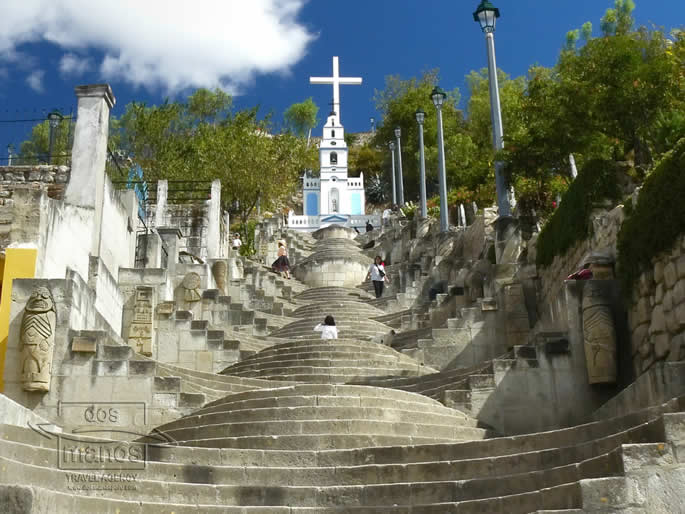
Huacachina Oasis – Ica
Huacachina is a beautiful village and desert oasis located just west of the city of Ica. The Huacachina Lagoon’s emerald-green waters, which are at its center and are surrounded by palm trees, are reputed to have healing capabilities. Bars and clubs are scattered around the lagoon’s banks. Around the hamlet, high, undulating sand dunes are traversed by dune buggies and sandboarding.
Nazca
Nazca is a city and system of valleys on the southern coast of Peru. The name is derived from the Nazca culture, which flourished in the area between 100 BC and AD 800. And it is one of the most incredible ancient cultures that you can find on the Peruvian coast.
The Nazca Lines, also known as Nazca or Nasca, are a group of geoglyphs, large line drawings on the ground, that appear, from a distance, to be etched into the earth’s surface on the arid Pampa Colorada («Coloured Plain» or «Red Plain»), northwest of the city of Nazca in southern Peru. They extend over an area of nearly 190 square miles (500 square kilometers) and can be seen from the air; the tour consists of a flight on a plane over the different figures drawn along the valleys. Also, you will see the aqueducts of Cantalloc.
Arequipa
Arequipa, located in between the Peruvian coast and the Andes, is the colonial-era capital of Peru’s Arequipa Region. Framed by three volcanoes, it’s filled with baroque buildings constructed from sillar, a white volcanic stone. Its historic center is anchored by the Plaza de Armas, a stately main square flanked on its north by the 17th-century neoclassical Basilica Cathedral, which houses a museum displaying religious objects and artwork.
What to see in Arequipa?
Arequipa has incredible culture, traditions, architecture, and breathtaking landscapes that are unique to Peru. Let’s see some important places that you should visit.
Arequipa City
Arequipa is known as La Ciudad Blanca (The White City) for the white buildings in its historic center made from a porous, volcanic stone known as sillar. Easily explored on foot, must-see landmarks include the neoclassical Basilica Cathedral of Arequipa and the Monastery of St. Catherine (Monasterio de Santa Catalina).
Colca Canyon
Colca Canyon, a river canyon in southern Peru that is renowned for being among the deepest in the world, is a popular trekking location. The enormous Andean condor, which may be seen from viewpoints like Cruz del Condor, calls this area home. The canyon’s environment includes a lush valley and far-flung indigenous settlements that practice terraced agriculture and date back to the Incas. Rafting is common on the Colca River.
Puno
Puno is a city in southern Peru on Lake Titicaca, one of South America’s largest lakes and the world’s highest navigable body of water. As a regional trading hub, the city is also considered Peru’s «folkloric capital,» owing to its traditional festivals featuring vibrant music and dancing.
What to see in Titicaca lake?
The Titicaca Lake is very famous due to its floating islands, which you can visit on a day trip from Puno or, even better, stay the night on and share experiences with locals.
Urus Floating islands
The Uros are one of the main attractions of Lake Titicaca. These floating islands are located 7km east of Puno and can be reached only by boat. These islands are unlike any you have seen before and are made of layers of dried totora reeds that grow in the lake itself.
Taquile Islands
Taquileans are known for having created an innovative, community-controlled sustainable tourism model that offers home stays, transportation, lodging for groups, cultural activities, local guides, and restaurants.
Isla del Sol Island
Isla del Sol’s most spectacular ruins lie near the island’s northern tip. . Its main feature is the Palacio del Inca, a maze of stone walls and tiny ruins.Its main feature is the Palacio del Inca, a maze of stone walls and tiny… This agreeable little village stretches along a magnificent sandy beach that could be straight out of a holiday brochure for the Greek Islands.
Cusco
Located in the middle of the Peruvian Andes is the ancient home of the Inca Civilization, Cusco. The city is famous for its spectacular main square, cobbled streets, and houses with terracotta tile roofs that will remind you of some ancient European villages.
What to see in Cusco?
Cusco is home to some of the world’s most iconic archaeological sites, such as Sacsayhuaman, Q’oricancha, and Machu Picchu. These Inca ruins are a must-see for any history lover, and they offer a glimpse into the fascinating culture of the Incas.
You also will find incredible outdoor tours, from day trips to multi-day treks through the stunning scenery.
Cusco City tour
The city is famous for its spectacular main square, cobbled streets, and houses with terracotta tile roofs that will remind you of some ancient European villages. One of the city’s most outstanding facts is its unique architecture in the world. The architecture could be considered a mixture of Inca and Spanish influences.
The city tour of Cusco takes only a half day, and during it you can visit the incredible city center, the cathedral, the Qoricancha Inca temple, Sacsayhwaman, Qenqo, and Tambomachay Inca ruins.
Sacred Valley of the Incas
The Sacred Valley is located to the northeast of Cusco. It is a wellspring of important archaeological sites and beautiful natural landscapes. A classic tour of the Sacred Valley takes you to some of the most impressive ruins in the area, including the Pisac Archaeological Park, the Ollantaytambo Fortress, and Chinchero Incan ruins.
Machu Picchu
Located over 7,000 feet above sea level in the Andes Mountains near the cloud forest, Machu Picchu.
Machu Picchu is the most visited tourist destination in Peru. A symbol of the Incan Empire and built around 1450 AD, Machu Picchu was designated a UNESCO World Heritage Site in 1983 and was named one of the New Seven Wonders of the World in 2007
Rainbow Mountain
Located over 5.000 meters in the Peruvian Andes. Formed by weathering, environmental conditions, and sedimentary deposits over time, the mountain’s unique mineralogy created a marbling effect, with layered hues of gold, lavender, red, and turquoise towering into the sky.
A day tour from Cusco is enough to visit this famous tourist destination in Peru; the hike of about 1.30 hours one way is quite challenging due to the altitude, but nowadays you will find horses that take you as close as possible to the view point of the Rainbow Mountain of Peru.
Humantay Lake
This extremely photogenic lake is located about 75 miles to the northwest of Cusco and just south of Machu Picchu. Humantay sits snugly between Humantay Mountain and Salkantay Mountain. In fact, it is a popular branch-off hike when trekking along the Salkantay Trail, an incredibly scenic alternative to the Inca Trail.
Nowadays, you can also visit this turquoise lake on a day trip from Cusco; the hike takes about 2 hours from the bus station. Don’t miss out on exploring the most iconic lake in the Peruvian Andes.
Moray and the Salt Mines
Moray is one of the famous Inca ruins near Cusco, near the Sacred Valley. It is composed of three groups of circular terraces (muyus in Quechua) that descend 490 feet (150 meters) from the highest terrace to the lowest. Each muyu has 12 levels of terraces, with the largest depression having a diameter of 600 feet.
The Salt Mines of Maras are more than 6,000 salt ponds carved by the Incas. These have been in operation for over 500 years in the middle of Qori Pujio mountain slopes, Sacred Valley of the Incas, and are still mined by local families. In the distance, these resemble a snow layer.
Most Popular multi-day trips in Cusco
Cusco, the famous tourist destination in Peru, has incredible multi-day trekking tours that lead hikers to the most stunning Inca sites and landscapes in Peru.
Inca Trail to Machu Picchu
The Inca Trail is perhaps the world’s greatest hike because it combines the best of both types of travel: The Inca Trail is a four-day walk to the spectacular lost city of Machu Picchu that winds through the zone where the snowcapped Andes Mountains crash into the lush Amazon jungle, creating some of the world’s most dramatic and beautiful terrain.
Its 43 km (26 miles) are just a section of thousands of kilometers of trails that connected different Inca sites during the Inca empire. The Inca Trail for 4 Days begins at km 82 and ends in Machu Picchu after crossing the famous Sun Gate, where you’ll have your first view of this natural marvel.
Salkantay Trek
This famous Salkantay Trek is easily one of the best hikes in Peru and is absolutely stunning. Although challenging, climbing over 4,600 meters above sea level, the hike offers incredible viewpoints, including glacier lakes, tropical forest, and Machu Picchu at the end of the tour.
The most famous tour is the Salkantay Trek 5 Days, which combines culture, traditions, landscapes, and challenge with its 75 km of total hike distance.
Lares Trek
Lares Trek 4 Days is high-altitude hike in Cusco, Peru, starting near the village of Lares, approximately 40 minutes north of Calca. The Lares Valley lies in the east of the Urubamba mountain range, traversing part of the Sacred Valley.
The hike is very wonderful, hiking through snow-capped mountains, picturesque villages, green valleys, waterfalls, and Machu Picchu as the final destination.
Inca Jungle Trail
The Inca Jungle is an ultimate adventure trip to Machu Picchu. It combines different outdoor activities in its four-day tour: mountain biking from the high altitude towards the tropical Peruvian jungle, whitewater rafting in the Urubamba River, hiking through the incredible forest with some local fruits and the Inca Trail, ziplining on the valley, and exploring the lost city of the Incas, Machu Picchu, at the end of your tour.
Ausangate Trek
This Ausangate Trek is a high-altitude, 70-kilometer hike in the Peruvian mountains near Cusco, with an average altitude of over 4200m. Unlike most other hikes in the region, Ausangate is not about Inca ruins; it’s all about beautiful scenery: snow peaks, glaciers, colorful mountain lakes, and the Rainbow Mountain.
The famous routes on this tour are Ausangate Trek 5 Days, which involves the complete circuit while visiting some outstanding places around the Apu Ausangate. The 4-day Ausangate Trek, which ends at Rainbow Mountain, crosses some breathtaking vistas such as turquoise lakes, glaciers, and colored mountains.
Choquequirao Trek
The Choquequirao route takes you through the steep Apurimac Canyon; as you descend into this plunging valley and hike back out the other steep side, you will pass through several microclimates that vary with the altitude.
At the end of the hike, you will reach the incredible Choquequirao Inca ruin, which is considered to be the bigger brother of Machu Picchu, according to recent studies. The classic tour takes about four days from Cusco.
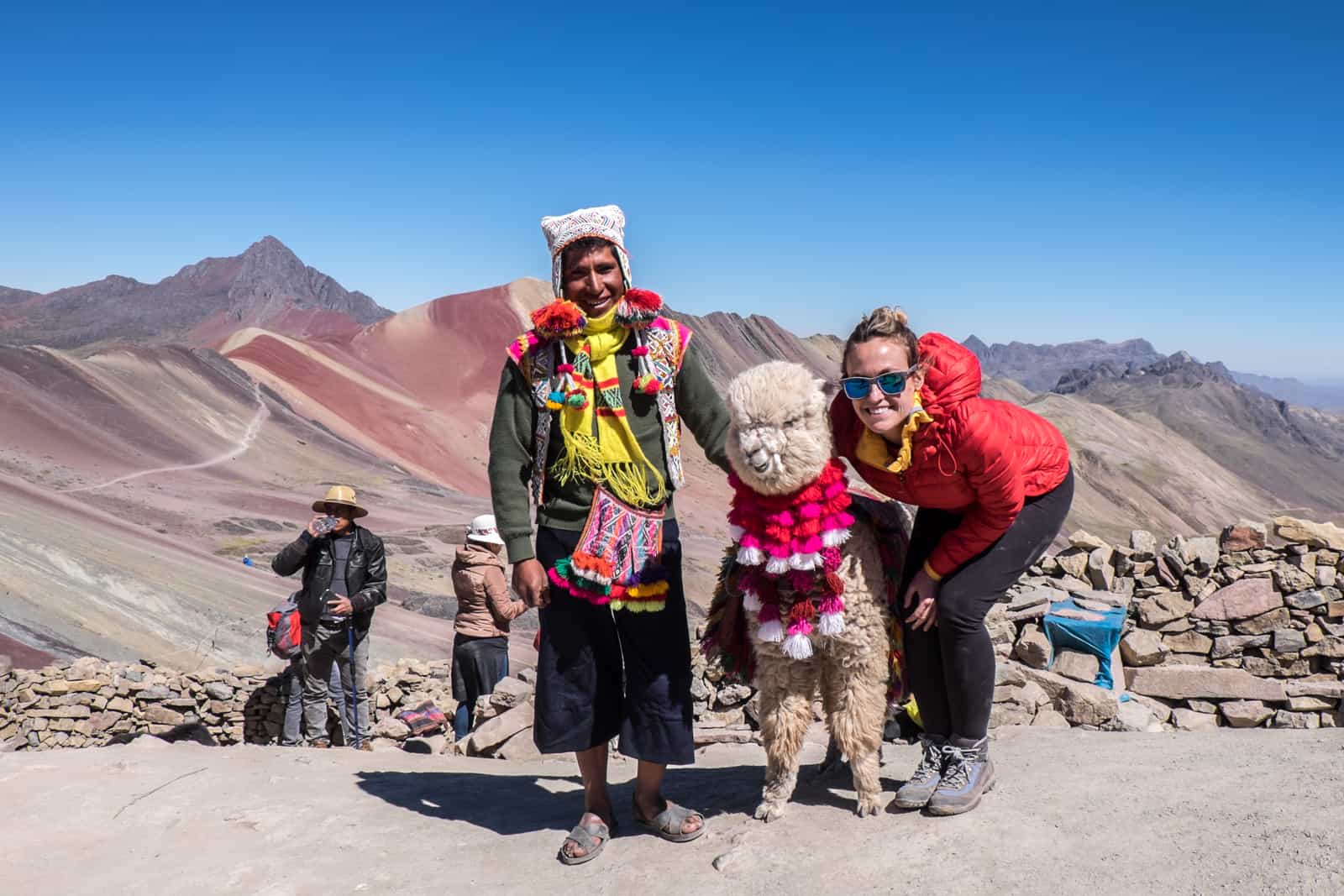
Peruvian Jungle
It covers nearly 60% of Peru’s landscape and is the life force for everything around it, including 12,810 species. These forests are home to hundreds of indigenous communities, which rely solely on this land to survive. There are a few tours that you can do while you are visiting Peru.
Puerto Maldonado
Puerto Maldonado lies within the Reserva Nacional Tambopata, along the Madre de Dios River in the Amazon Rainforest. It’s close to Manu National Park, a 1.5-million-acre park known as one of the most biodiverse places on earth. Puerto Maldonado is one of the few Amazon jungle cities that’s easily accessible by road.
What to see in Puerto Maldonado Jungle?
Manu Biosphere Reserve is a sprawling national park in southeastern Peru, spanning Andean highlands, cloud forest, and lowland jungle. It’s known for its rich biodiversity, notably its hundreds of bird species, including macaws, which feed at clay licks at sites such as Blanquillo. Boats run along the Manu River, past dense Amazonian jungle that is home to jaguars, black caimans, and spider monkeys.
The most classic tour from Cusco is the four-day, which allows you to explore the wonders of this tropical area in Peru
Iquitos
Located on the north side of Peru, Iquitos is also known as «the capital of the Peruvian Amazon», as it’s located next to the Amazon river and in the middle of the jungle. In fact, it’s the largest city in the world that can only be reached by boat.
What to see in Iquitos jungle?
This part of the Peruvian Amazon preserves some of the most fascinating wildlife: Jaguars, anteaters, and tapirs still roam the forests, huge anacondas lurk in the swamps, toothy caimans sunbathe along riverbanks, and trees rise like giants from the forest floor. Many indigenous tribes still live scattered throughout the Peruvian section of the Amazon, surviving primarily by hunting and fishing.
Mancora- Piura
If your idea of a beach vacation is white sand beaches, Mancora is the closest you’ll get to them in Peru. The beaches in Mancora are more pristine than those in Paracas. You won’t find a lot of seaweed or rocks, and the water quality is generally good for swimming.
Has excellent waves for surfing and windsurfing, but its main attraction is the nightlife. Mancora’s nights are well known for being fun and wild, with a lot of options to party in bars and discotheques. Las Pocitas Beach is closest to Mancora town.
